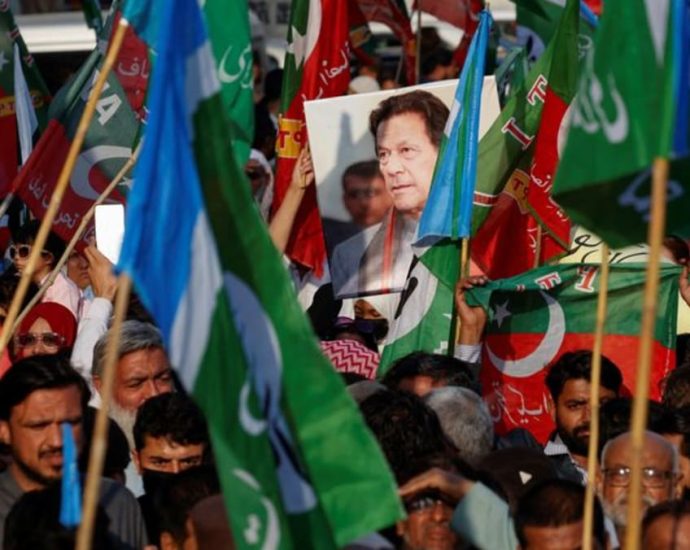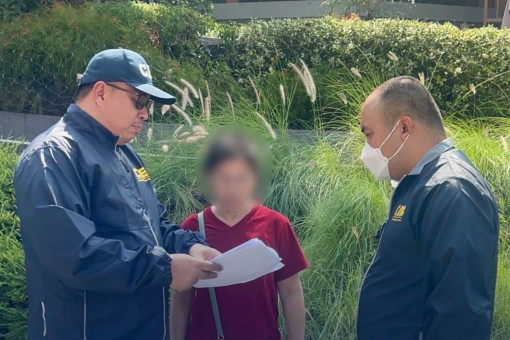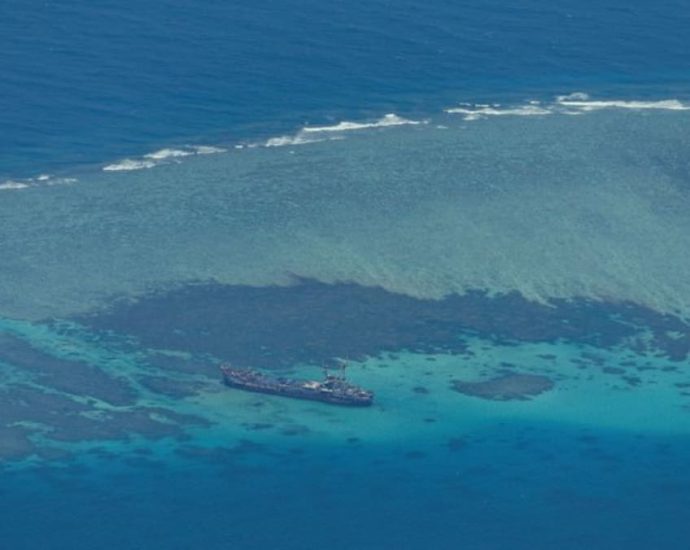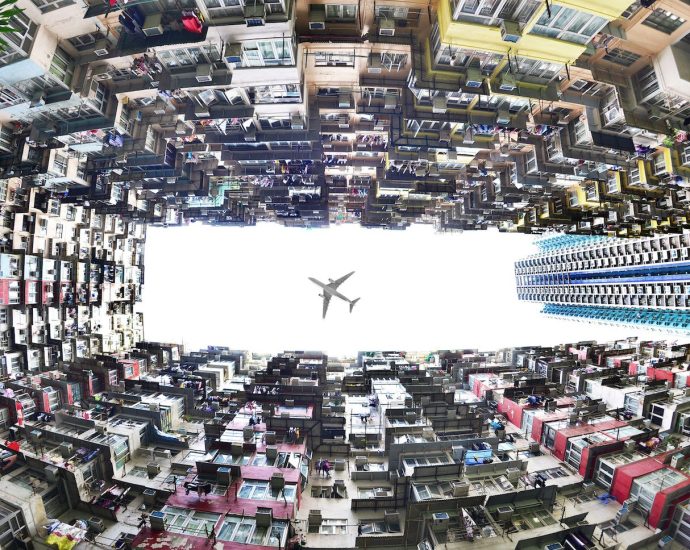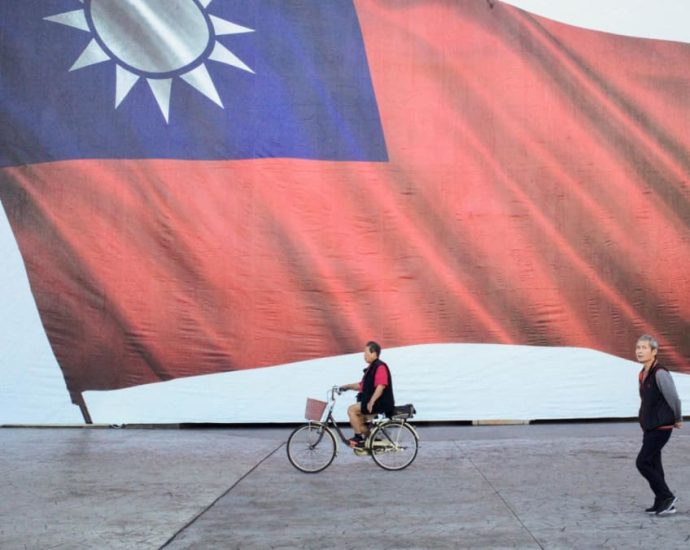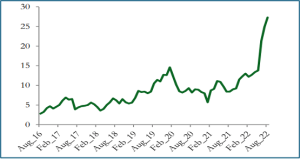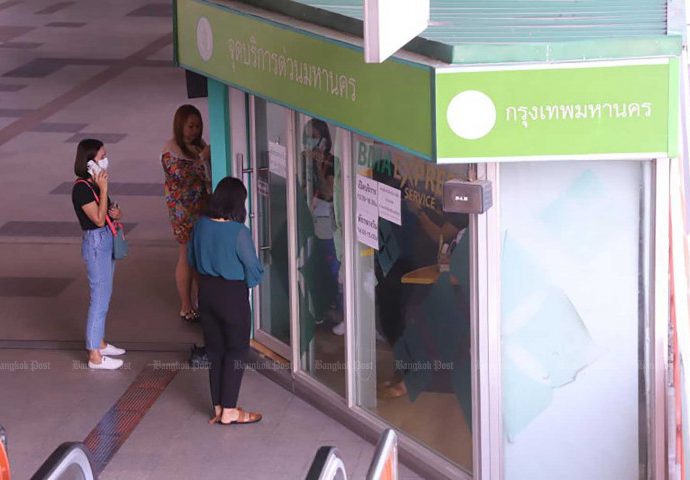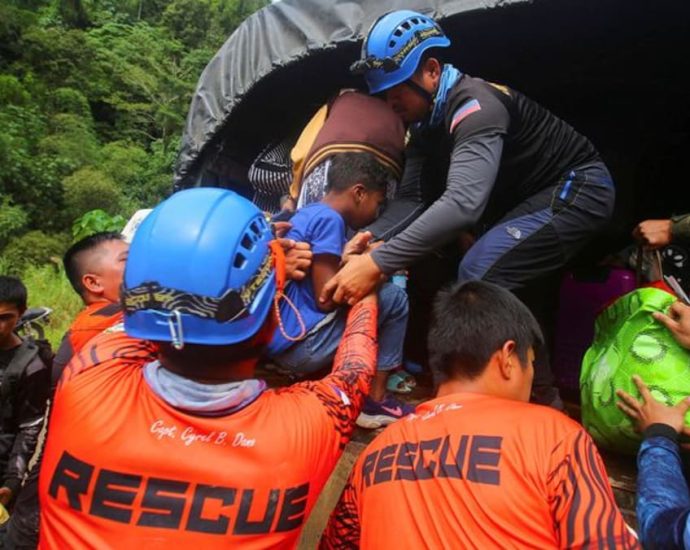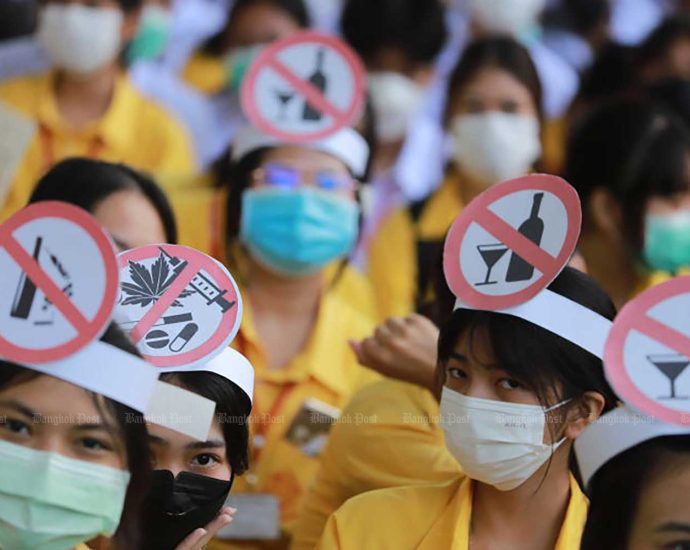Move Forward urged to tell demonstrators to stop offending royalty
PUBLISHED : 11 Feb 2024 at 16:03

The opposition-core Move Forward Party (MFP) has been urged to advise demonstrators to stop offending the royal institution while its party leader said he understood the protesters’ intention.
Thanakorn Wangboonkongchana, deputy leader of the coalition United Thai Nation Party, said on Sunday that MFP leader Chaithawat Tulathon and MFP chief advisor and former leader Pita Limjaroenrat should tell demonstrators from the Thalu Wang (“breaking into the palace”) group that the royal institution was not a conflicting party and was not involved in politics.
Offences against the royal institution are serious criminal activities and should not be viewed as political cases that deserve amnesty, Mr Thanakorn said.
He referred to the incident in which Tantawan Tuatulanon and a colleague from the Thalu Wang group honked their car horn at the motorcade of Her Royal Highness Princess Maha Chakri Sirindhorn as she was travelling on an expressway in Bangkok on Feb 4.
Mr Thanakorn noted that Mr Pita was previously a bail guarantor for Ms Tantawan.
“Mr Pita and Mr Chaithawat should warn the group to stop offending the royal institution and make it understand that it is better to express political standpoints constructively and legally,” Mr Thanakorn said.
He said that ordinary people disapproved of the group’s honking stunt and opinion survey on royal motorcades. Mr Thanakorn said he understood the reaction from a royalists’ group against Thalu Wang demonstrators in Pathumwan district on Saturday.
On Sunday Jurin Laksanawisit, former leader of the Democrat Party, said that the honking incident underlined the necessity to exclude lese majeste activities from any amnesty bill.
Amnesty in lese majeste, corruption and severe criminal cases would encourage such violations of the law, he said.
Late Saturday night MFP leader Chaithawat wrote on Facebook that he understood the intention of the Thalu Wang group and any form of expression of opinions would please some but not others.
He said he strongly disagreed with the violent reaction from the Thai People Protecting the Monarchy group in Pathumwan on Saturday.
Mr Chaithawat also wrote that amnesty was one of several possible solutions to resolve political conflicts.
MFP MP Wiroj Lakkhanaadisorn wrote on X that the group’s violent reaction would affect the royal institution and authorities should stop the group from using the monarchy as a tool to attack other people.

MFP leader Chaithawat Tulathon, right, and his predecessor Pita Limjaroenrat attend a press conference at parliament on Jan 31. (Photo: Nutthawat Wichieanbut)

Thanakorn Wangboonkongchana, deputy leader of the United Thai Nation Party. (Photo: Pornprom Satrabhaya)


